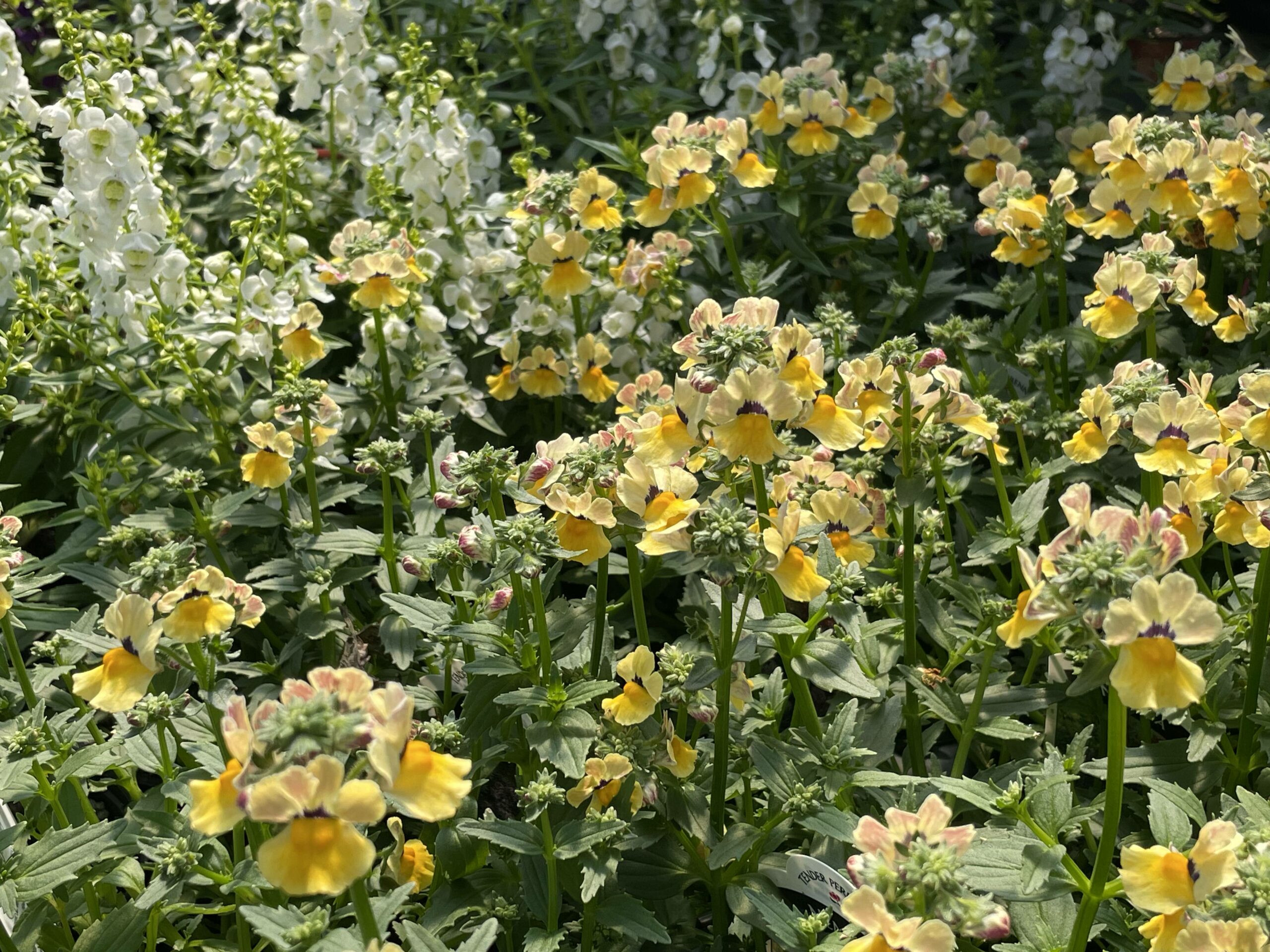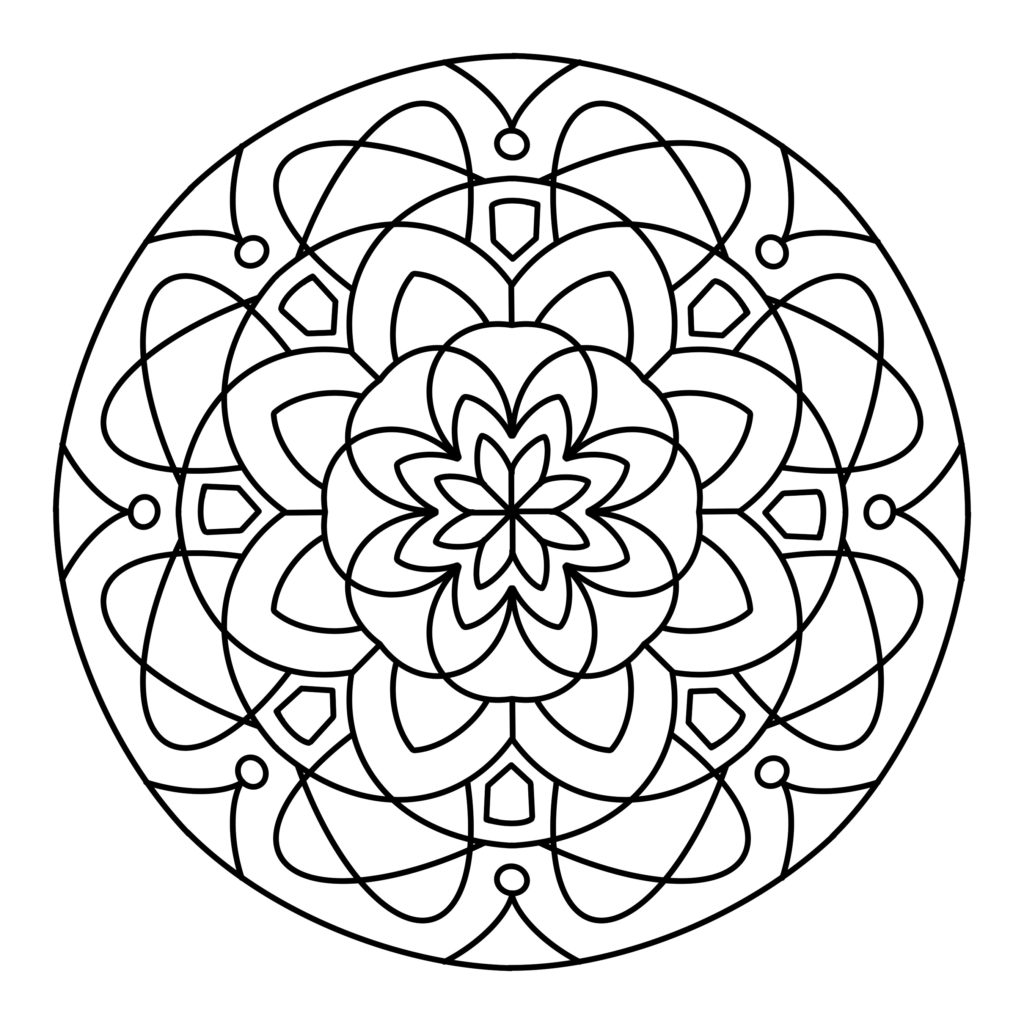
Whether you have a backyard full of fruits and veggies, just one potted cactus on your desk, or anything in-between, watering your garden is an excellent time to practice some mindfulness. By paying close, caring attention to the pieces of nature that we cultivate in our own homes, we can learn to better understand our plants “personalities.” That is, their unique needs and sensitivities. We can then start to improve our understanding of what each plant may need in order to thrive, by joining them on their journey of growth.
The next time you water your garden, slow down and spend some time with each plant.
You start by noticing the environment that the plant is in. Does this spot get a lot of direct sunlight, or is it often shadier? Does this plant have any neighboring plants? If it’s outside in the ground, is it in a raised bed? Does it have a border, or a fence around it? If the plant is potted, notice what the pot looks like. What material is it made out of? What color? Is there anything unique about its design? Does the pot have drainage holes at the bottom, and if so, how many?
Now you ask yourself, does this plant look like it fits in this environment? Aesthetically, does the garden bed or the pot that it’s in seem to compliment or suit the plants’ appearance? Does the plant look like it has a lot of space to grow into, or does it look cramped?

Next, you might notice any flowers or fruits that stand out. If there are any, do they catch your eye with bright colors or showy shapes and patterns? Or are they more subtle? If there’s flowers, how do they smell? Are they just budding, or already going to seed? If there’s fruit, how ripe is it?
Will you try to harvest the plant? Maybe you’ll want to cut the flowers to put in a vase, or pick the petals to press in a book. Maybe you’ll try to collect the seeds for replanting next year. If there’s fruit or veggies, you certainly might want to harvest these for use in the kitchen.
Then, you pay close attention to the leaves. What shape and size are they? What pattern do they grow in? Maybe they’re alternating along the stem, or whirling out from the center, or growing in pairs of three, or five? When you touch the leaves, how do they feel? Maybe they’re a bit fuzzy, or rubbery? What shade of green are they? Do the leaves have any other colors, or interesting patterns? Are there new leaves growing? How does this plant sprout new growth? Is it along nodes in little buds, or do the new leaves unfurl from a vine? Are there dead leaves that can be removed? Do the leaves look healthy, or are they turning yellow, brown, crispy, or wilted? Maybe they’re collecting white spots, or otherwise not looking their best, all of which could be indicators of different causes of illness or types of diseases. Do the leaves have holes, perhaps from bugs? What shape and size are the holes?
Healthy leaves and new growth can look different for every plant.
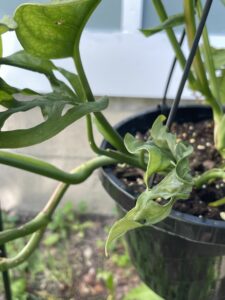
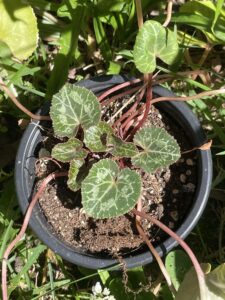
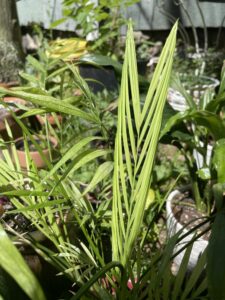
As you look over your plants leaves, perhaps you notice the stems of the plant. Are the stems woody, or spry? Do they grow straight up toward the sun, trail along the ground, or hang over the edge of the pot? Do the stems look different where there’s new growth?
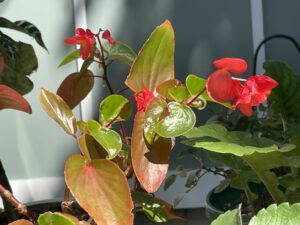
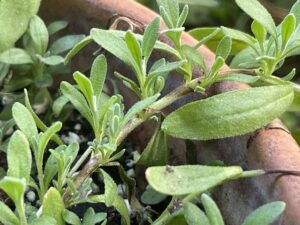
Finally, you bring your attention to the soil, just before you water your plant. When you touch the soil, is it still moist, or does it feel dry? Is it warm, or cool? Does the soil feel firm, spongy, or sandy? What shade of brown is the soil? Is there any moss, algae, or little weeds growing in it? Does the soil have any perlite, or healthy decaying matter, such as little wood chips, in it?
As you get ready to water the plant, notice how you’ve chosen to do so. What kind of water did you use? From the tap, or maybe it was filtered, or bottled? What container are you using to water your plants? If you have a watering can, what material is it made out of? Is the tip styled like a spout, or like a showerhead? Are you using something else, like a cup, or bottle?
How do you feel about the container you’re watering from? Is it easy to pick up and tilt? Does it hold a lot of water, or do you have to refill it often? Do you like how it looks?
As you finally water the plant, pay close attention. Are you watering the plant at its base, right into the dirt? Or are you watering from up high, letting it splash over the leaves? Are you tipping water into the plant slowly, pausing to give it a few sips, or giving it a big gulp? Does the water soak into the soil quickly, or slowly? Does the soil seem thirsty, or does water puddle up on top of the soil? If the plant is in a pot, does water seep out of the drainage holes? How much or how little?
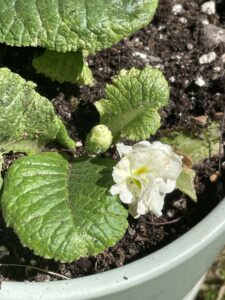
After you’ve given each one of your plants some of your loving attention, take a step back, gaze over your garden, and take a deep breath. Take a moment to appreciate the time and care you’ve just put into connecting with your plants, and to acknowledge how meaningful it is to be alive alongside them.
